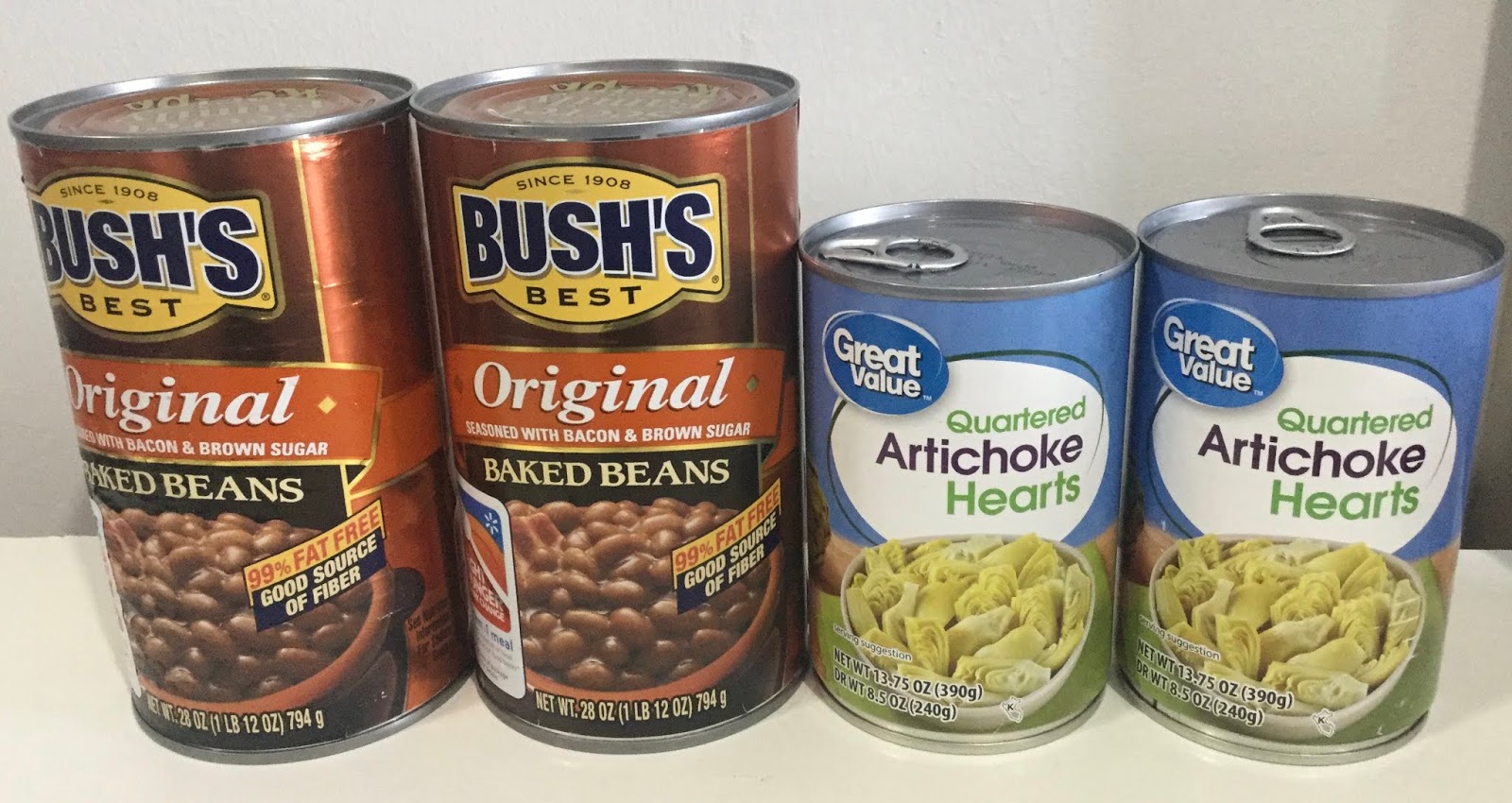
Sometimes rearranging space may also help with proper rotation of goods and minimizing waste. Some food manufacturers also find it helpful to create inventory sheets that reflect product locations within the facility. This team can ensure that inventory count becomes part of your business routine, setting par levels to manage your deliveries. Beyond the software, another way to manage your inventory effectively is to train a team who will be responsible for the whole process, allowing them to see the big picture and become invested in the result. If you’d rather not do this part yourself, some companies offer online inventory management, allowing you to focus on improving your product.
#Us cheese stockpile software#
Make sure your company has the correct inventory software to manage your supplies.

You can only age cheese for so long, so what can you do with your unsold inventory? Some food manufacturers have found success by using a combination tools such as inventory management, discount sales, recycling and donations to help mitigate the losses when too much product remains on the shelves. There are also other ways that food manufacturers can still get a return on their investment. As dairy products stock up, some lawmakers have asked the USDA to purchase their excess wholesale cheese for distribution to food banks. Last month America amassed the largest stockpile of cheese in its record-keeping history.

But you can’t just tell cows to stop producing milk, and some farmers are having to dump millions of pounds of milk in their fields. Dairy farmers increased their herd sizes in 2014, and by spring of last year the number of dairy cows was at a 20-year high. Last year excess dairy products in the United States were at an all-time high, accounting for $91 billion in waste, according to the United States Department of Agriculture. But what if you could keep your unsold wholesale cheese out of the landfill and recoup some of your investment? In the United States the Department of Agriculture has found that dairy products account for largest portion of food wasted annually. In fact, the United Nations Food and Agriculture Organization estimate that 1.3 billion tons, or approximately one-third of the food grown worldwide, is thrown out every year.

Food waste is becoming a global epidemic of vast proportions.


 0 kommentar(er)
0 kommentar(er)
